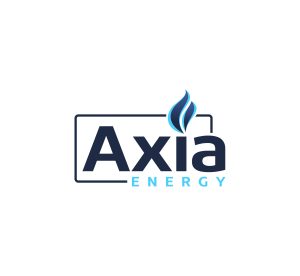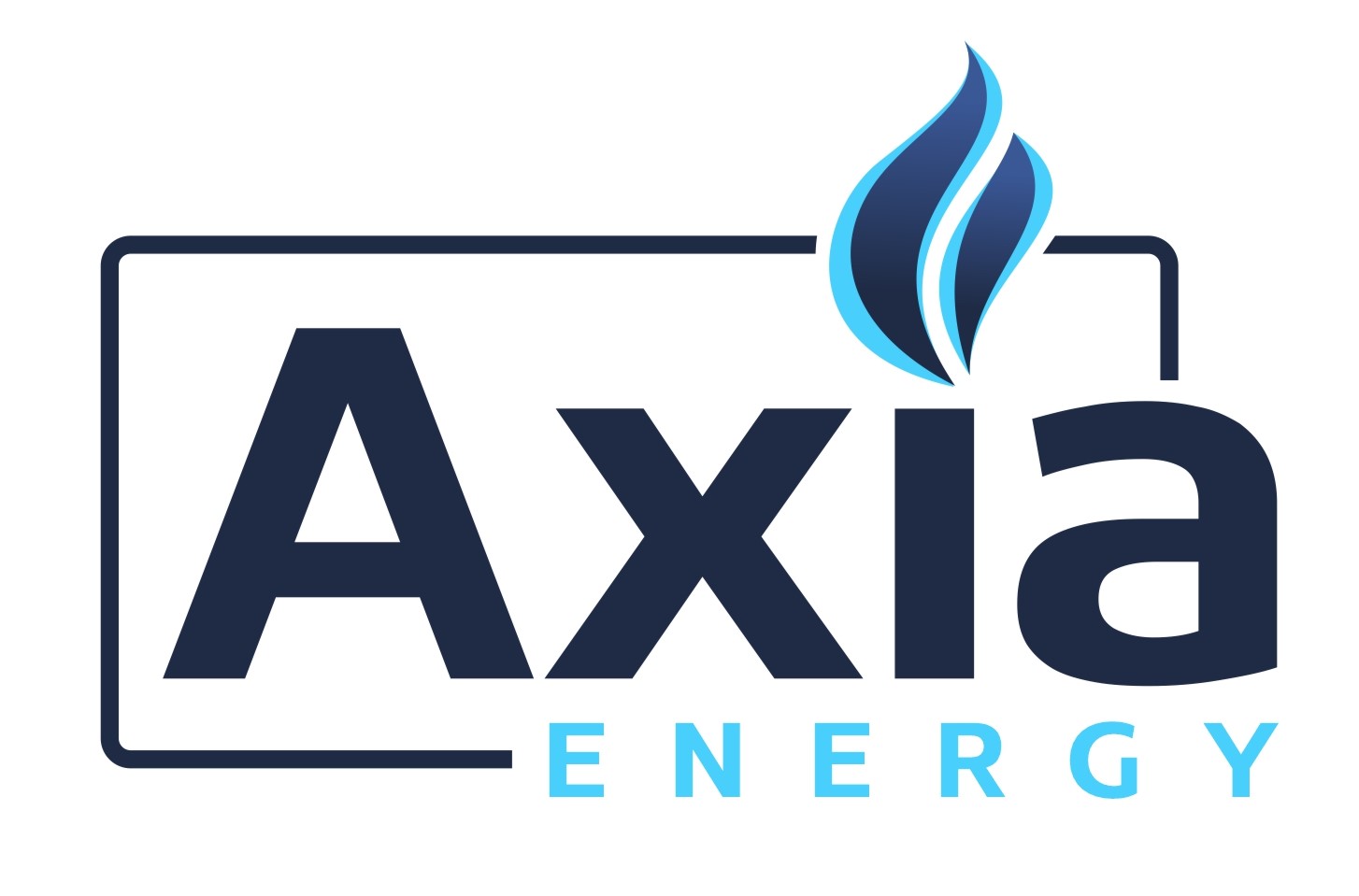Using AI for Predictive Maintenance in Pipelines

In the oil and gas industry, unplanned pipeline failures are not just costly—they’re dangerous. Leaks, ruptures, and mechanical failures can result in environmental disasters, regulatory penalties, and operational downtime. While traditional maintenance models rely on scheduled inspections or reactive repairs, they often miss early warning signs that precede failures.
This is where Artificial Intelligence (AI) is transforming the landscape through predictive maintenance, a data-driven approach that enables operators to anticipate issues before they occur.
At AXIA, we harness AI to bring a smarter, safer, and more efficient maintenance strategy to pipeline systems.
The result? Reduced downtime, minimized risk, and maximized asset life.
What is Predictive Maintenance?
Predictive maintenance uses data analytics and machine learning to forecast when equipment is likely to fail or degrade. Unlike preventive maintenance, which operates on fixed schedules, predictive maintenance monitors the actual condition of assets in real time to determine the optimal moment for intervention.
It’s not about fixing things when they break, it’s about knowing exactly when and where they’re about to.
How AI Enables Predictive Maintenance
AI adds a layer of intelligence to predictive maintenance by identifying complex patterns and trends in operational data, patterns that humans and rule-based systems would typically overlook.
1. Data Collection from Smart Sensors
AI models rely on real-time data from:
- Pressure and flow sensors
- Vibration monitors
- Temperature gauges
- Corrosion and stress detectors
- SCADA and IoT-enabled systems
These data streams provide a comprehensive picture of pipeline health across vast distances.
2. Anomaly Detection and Early Warning
Machine learning algorithms learn the “normal” behaviour of your pipeline infrastructure. When subtle anomalies emerge, such as a vibration pattern suggesting pump misalignment or a slow decline in flow efficiency. AI systems raise flags early, giving maintenance teams a critical head start.
3. Failure Prediction and Risk Scoring
AI doesn’t just detect anomalies—it forecasts when and where a component is likely to fail. By analysing historical and real-time data, AI assigns risk scores to pipeline sections and recommends targeted inspections or repairs, reducing unnecessary maintenance and extending asset life.
4. Maintenance Optimization
By predicting the best time to service equipment, AI reduces both emergency interventions and routine maintenance that may not be necessary. This means:
- Lower maintenance costs
- Fewer disruptions to operations
- Better use of field resources and inventory
At AXIA, we integrate predictive maintenance directly into operational workflows, allowing for automated alerts, maintenance scheduling, and technician dispatch.
Case in Point
In one AXIA deployment, our AI-driven system identified micro-vibration changes in a remote valve station. These changes, though undetectable by human inspection, were precursors to a seal failure. The client intervened early, avoiding a costly shutdown and environmental risk, demonstrating how AI moves maintenance from reactive to proactive.
Conclusion
Predictive maintenance powered by AI is not the future—it’s happening now. In a sector where downtime equals dollars and risk equals reputation, the ability to anticipate failure is a powerful competitive advantage.
At AXIA, we help pipeline operators evolve from maintenance schedules to maintenance intelligence. Let AI extend the life of your assets and the safety of your operations—before failure knocks.

